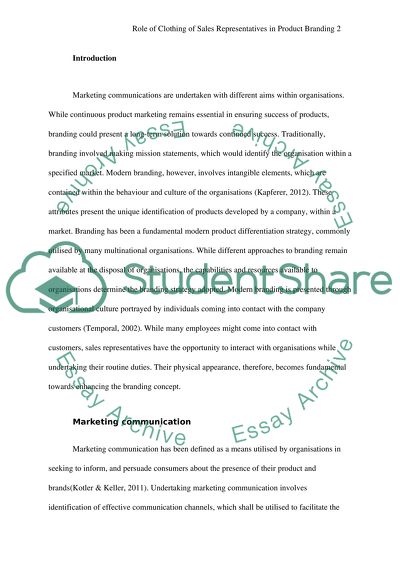Cite this document
(“Role of Clothing in Product Branding Essay Example | Topics and Well Written Essays - 2500 words”, n.d.)
Role of Clothing in Product Branding Essay Example | Topics and Well Written Essays - 2500 words. Retrieved from https://studentshare.org/marketing/1628496-role-of-clothing-in-product-branding
Role of Clothing in Product Branding Essay Example | Topics and Well Written Essays - 2500 words. Retrieved from https://studentshare.org/marketing/1628496-role-of-clothing-in-product-branding
(Role of Clothing in Product Branding Essay Example | Topics and Well Written Essays - 2500 Words)
Role of Clothing in Product Branding Essay Example | Topics and Well Written Essays - 2500 Words. https://studentshare.org/marketing/1628496-role-of-clothing-in-product-branding.
Role of Clothing in Product Branding Essay Example | Topics and Well Written Essays - 2500 Words. https://studentshare.org/marketing/1628496-role-of-clothing-in-product-branding.
“Role of Clothing in Product Branding Essay Example | Topics and Well Written Essays - 2500 Words”, n.d. https://studentshare.org/marketing/1628496-role-of-clothing-in-product-branding.


